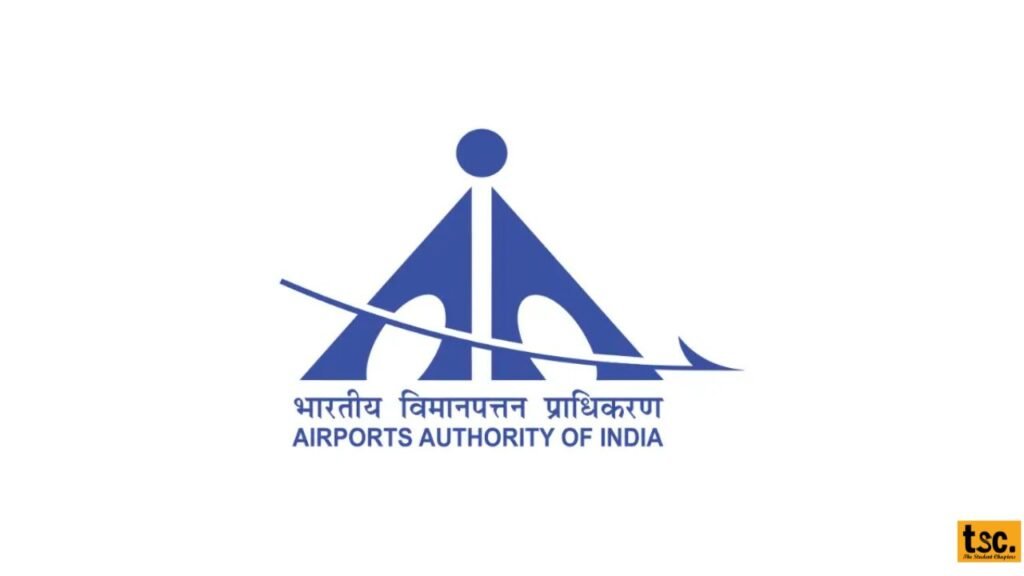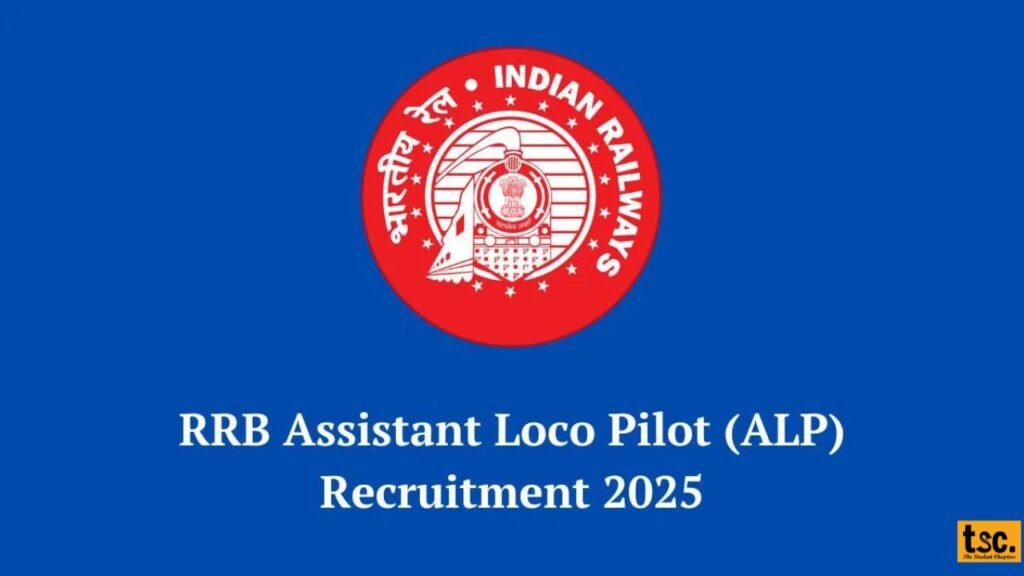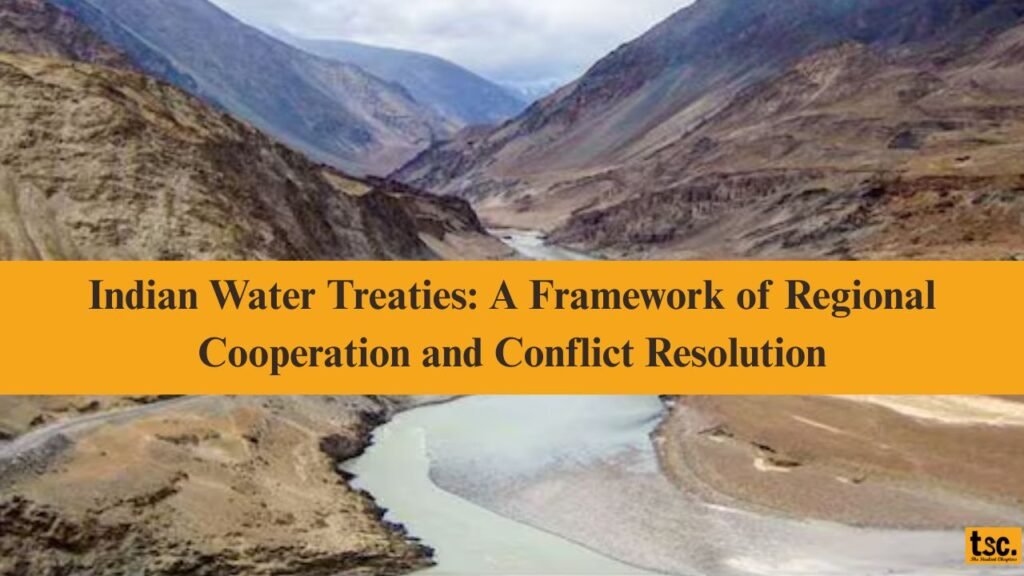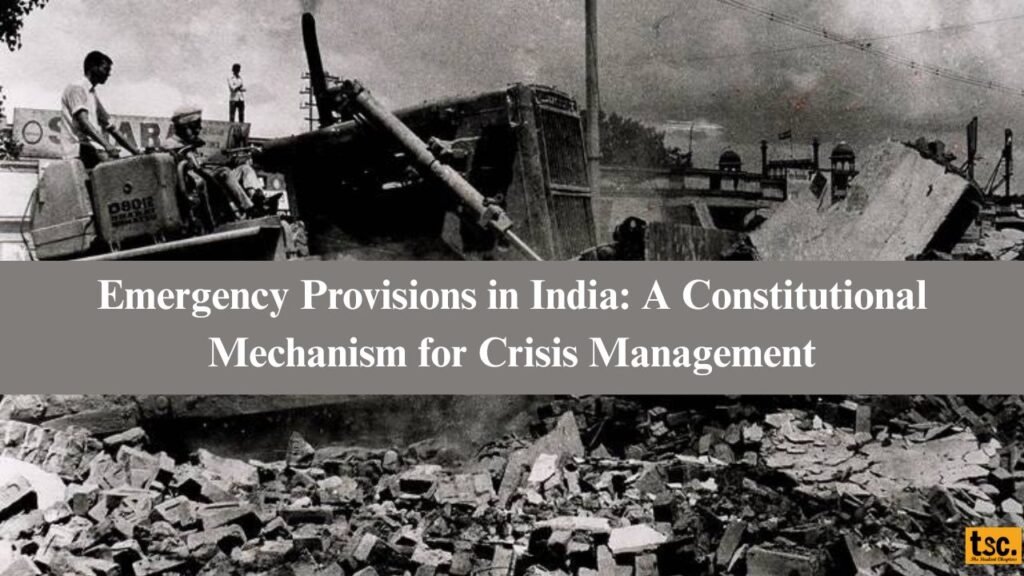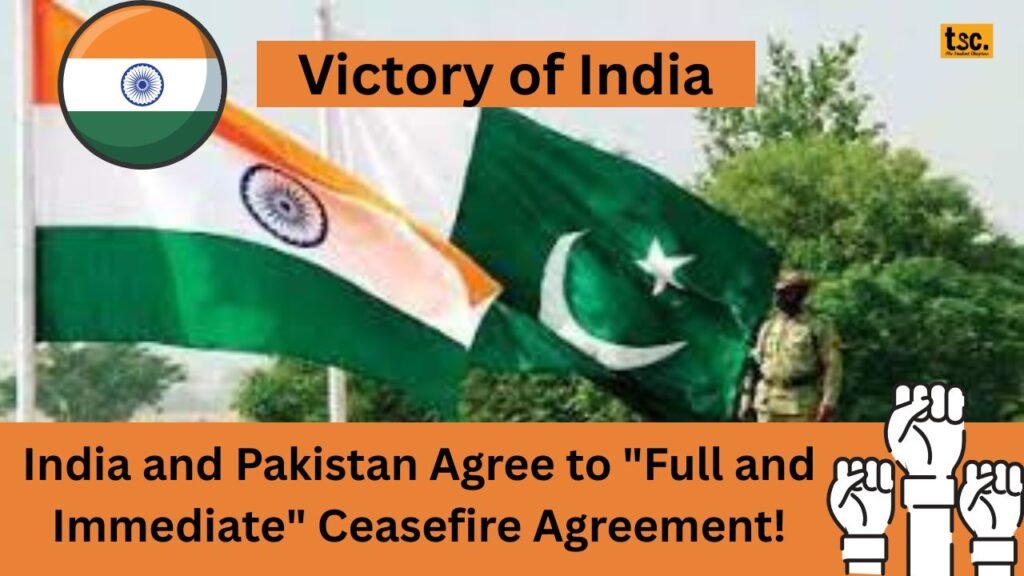Indian Water Treaties: A Framework of Regional Cooperation and Conflict Resolution
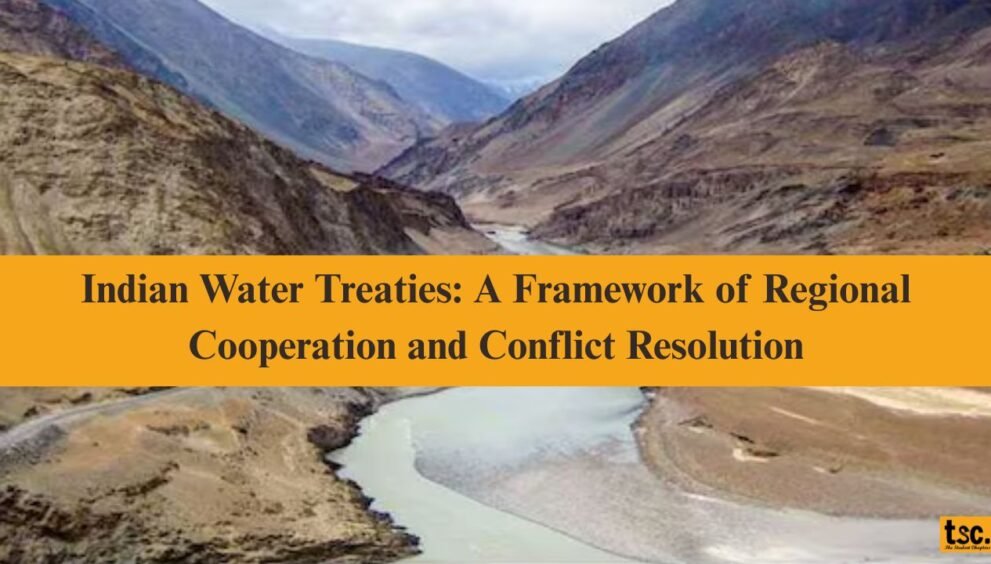
Indian Water Treaties: A Framework of Regional Cooperation and Conflict Resolution. Water is not only a critical natural resource but also a key element of international diplomacy in South Asia. India, being a geographically central and hydrologically significant country, shares numerous rivers with its neighbors — Pakistan, Bangladesh, Nepal, Bhutan, and China. To manage the complexities of transboundary water sharing, India has entered into several bilateral treaties that aim to ensure equitable distribution, flood control, hydropower development, and conflict avoidance.
1. Indus Waters Treaty (1960) – India and Pakistan
Arguably the most well-known and complex of India’s water treaties, the Indus Waters Treaty (IWT) was signed in 1960 between India and Pakistan under the mediation of the World Bank. It governs the use of the six rivers of the Indus Basin — the Indus, Jhelum, Chenab, Ravi, Beas, and Sutlej.
- Allocation: The treaty allocated the three eastern rivers (Ravi, Beas, Sutlej) to India, and the three western rivers (Indus, Jhelum, Chenab) to Pakistan.
- Indian rights: India has rights to limited uses on western rivers — such as irrigation, navigation, and run-of-the-river hydroelectric projects, provided they do not obstruct flow.
- Conflict resilience: Despite multiple wars and tensions between the two nations, the treaty has largely held firm and is often cited as an example of successful water diplomacy.
However, disputes have arisen in recent decades, particularly over Indian projects such as Baglihar and Kishanganga dams, with Pakistan raising concerns over potential violations. The IWT has mechanisms for dispute resolution, including a Permanent Indus Commission, a neutral expert, and referral to an arbitration court.
2. Ganga Water Treaty (1996) – India and Bangladesh
Signed in 1996, the Ganga Water Sharing Treaty governs the distribution of water from the Ganga River at the Farakka Barrage. The treaty was essential for Bangladesh, which experiences water scarcity in the dry season.
- Duration: 30 years with provision for renewal.
- Sharing formula: Specifies how water is to be shared during the dry season (January to May).
- Monitoring: Joint River Commission (JRC) established for oversight.
While this treaty helped reduce tensions between India and Bangladesh, disputes persist regarding Teesta River sharing, which remains unresolved due to domestic political opposition within India, particularly from the state of West Bengal.
3. Mahakali Treaty (1996) – India and Nepal
The Mahakali River, known as the Sharda in India, forms part of the western boundary between India and Nepal. The Mahakali Treaty was signed to integrate previous water-sharing agreements and develop joint hydroelectric projects, notably the Pancheshwar Multipurpose Project.
- Equal entitlement: Both countries agreed to equal rights over the river’s waters.
- Project goals: Focus on irrigation, flood control, and power generation.
- Stalled progress: Political instability and mutual suspicion have delayed the implementation of the treaty.
4. Kosi Agreement (1954) – India and Nepal
The Kosi River causes extensive flooding in Bihar. The Kosi Agreement allowed India to construct a barrage and embankments within Nepalese territory.
- Purpose: Flood control and irrigation in Bihar.
- Issues: Nepalese critics argue that the agreement compromises sovereignty and did not bring proportionate benefits to Nepal.
5. Gandak Agreement (1959) – India and Nepal
This agreement involves the Gandak River, another tributary of the Ganga.
- Objectives: Construction of a barrage at the Indo-Nepal border to provide irrigation to India’s Bihar and Uttar Pradesh states, and parts of Nepal.
- Controversies: Similar to the Kosi Agreement, debates over Nepal’s share of benefits persist.
6. Teesta River Negotiations – India and Bangladesh (Pending)
Though not formally signed, the Teesta Water Sharing Agreement has been under negotiation for years.
- Importance: Critical for both north Bengal and northern Bangladesh during lean periods.
- Stumbling block: West Bengal’s opposition over water availability has prevented consensus.
Conclusion
India’s water treaties reflect both cooperation and contention in the geopolitics of South Asia. While the Indus Waters Treaty stands out for its resilience, other treaties like those with Nepal and Bangladesh are often challenged by implementation delays, domestic politics, and shifting environmental conditions.
With climate change impacting river flows and populations rising, the need for adaptive, fair, and transparent water-sharing mechanisms is more urgent than ever. Strengthening joint commissions, enhancing data sharing, and engaging in continuous diplomatic dialogue will be crucial to managing shared water resources sustainably.
Stay tuned on our website, as if any official information pops up then we will update you in minutes! If you want all the latest updates on time, then join our student community on WhatsApp!
Choose the right career yourself by booking personal guidance from professionals on Mytagapp.com














